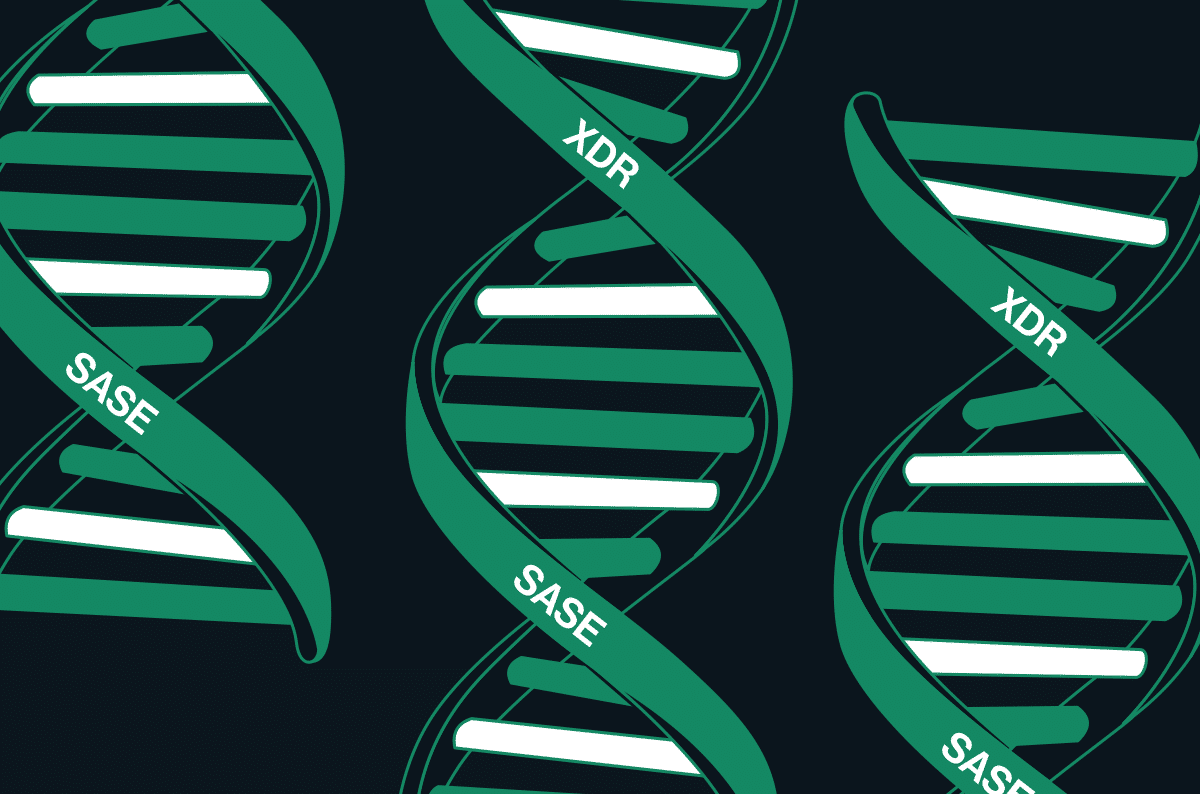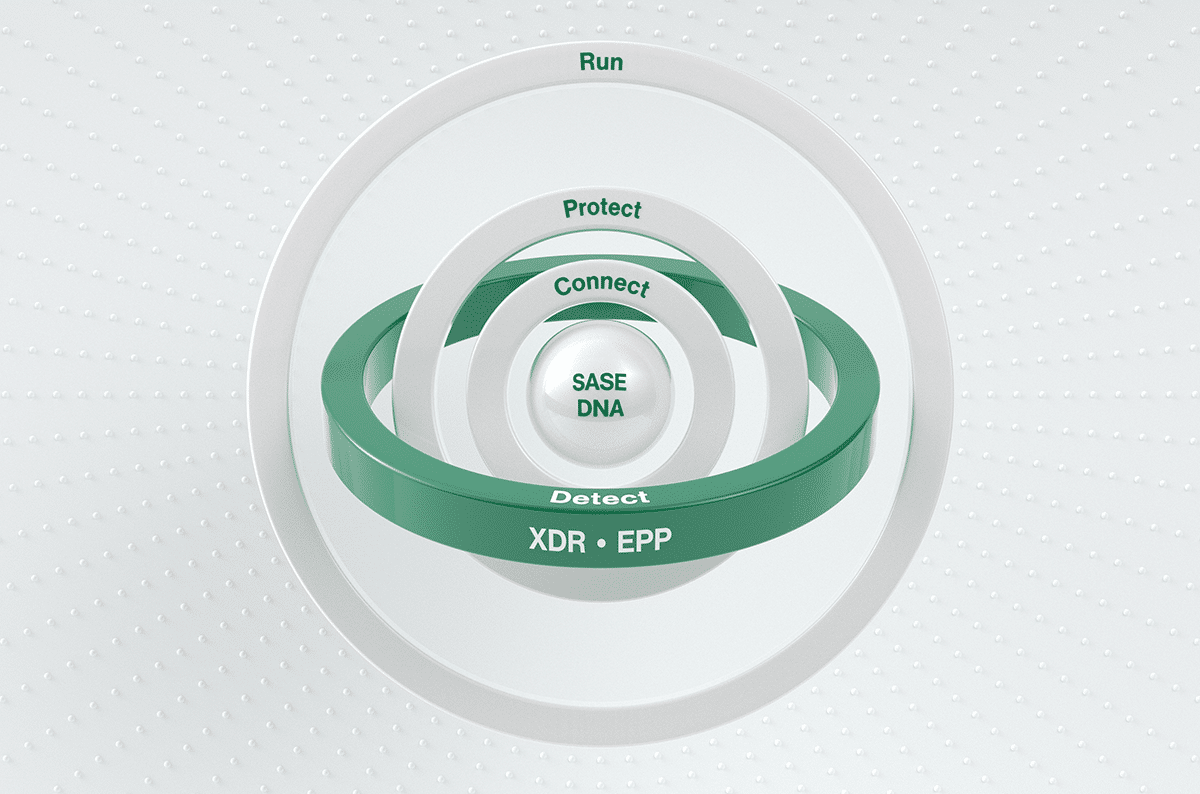Networking and Security Teams Are Converging, Says SASE Adoption Survey

|
Listen to post:
Getting your Trinity Audio player ready...
|
Converging networking with security is fundamental to creating a robust and resilient IT infrastructure that can withstand the evolving cyber threat landscape. It not only protects sensitive data and resources but also contributes to the overall success and trustworthiness of an organization.
And just as technologies are converging, networking and security teams are increasingly working together. In our new 2023 SASE Adoption Survey, nearly a quarter (24%) of respondents indicate security and networking are being handled by one team.
For those with separate teams, management is focusing on improving collaboration between networking and security teams. In some cases (8% of respondents), this takes the form of creating one networking and security group. In most cases, (74% of respondents) indicate management has an explicit strategy that teams must either work together or have shared processes.
The Advantages of Converging the Networking and Security Teams
When network engineers and security professionals work together, they share knowledge and insights, leading to improved efficiency and effectiveness in addressing network security challenges.
By integrating networking and security functions, companies can gain better visibility into network traffic and security events. Networking teams possess in-depth knowledge of network infrastructure, which security researchers often lack. By providing security teams with network information, organizations can hunt and remediate threats more effectively.
Unveiling Insights: 2023 SASE Adoption Survey | Get the ReportCloser collaboration enables quicker and more effective incident resolution, reducing the impact of cyber threats on business operations. Furthermore, by working together, the organization can optimize the performance of network resources while maintaining robust security measures, providing a seamless user experience without compromising protection.
There are other benefits, too, like streamlined operations, faster incident response, a holistic approach to risk management, and cost savings. All these advantages of a converged team help organizations attain a stronger security posture.
There’s a Preference for One Team, One Platform
Bringing teams together also enables the organization to implement security measures during network design and configuration, ensuring that security is an inherent part of the network architecture from the beginning.
Many organizations today (68%) use different platforms for security and networking management and operations. However, most (76%) believe that using just one platform for both purposes would improve collaboration between the networking and security teams. More than half also want a single data repository for networking and security events.
The preference for security and networking to work together extends to SASE selection. Which team leads on selecting a SASE solution—the networking or the security team? In most cases, it’s both.
When it comes to forming a SASE selection committee, about half (47% of respondents) say it’s a security team project with the networking team involved as necessary. Another 39% flip that script, with the networking team leading the project and involving the security team to vet the vendors.
As the teams come together, it makes great sense they would prefer to use a single, unified platform for their respective roles. Most respondents (62%) say having a single pane of glass for managing security and networking is an important SASE purchasing factor. More than half (54%) also want a single data repository for networking and security events.
Security and Networking Team Convergence Calls for Platform Convergence
Regardless, an effective SASE platform needs to accommodate the needs of all organizational structures whether teams are distinct or together. Essential in that role is rich role-based access control (RBAC) that allows granular access to various aspects of the SASE platform. In this way, IT organizations can create roles that reflect their unique structure – whether teams are converged or distinct. (Cato recently introduced RBAC+ for this reason. You can learn more here.)
As for SASE adoption, a single vendor approach was the most popular (63% of respondents). Post deployment would those who deployed SASE stay with the technology? The vast major (79% of respondents) say, “Yes.”
Additional finding from the survey shed light on
- Future plans for remote and hybrid work
- Current rate of SASE adoption
- How to ensure security and performance for ALL applications
..and more. To learn more, download the report results here.














